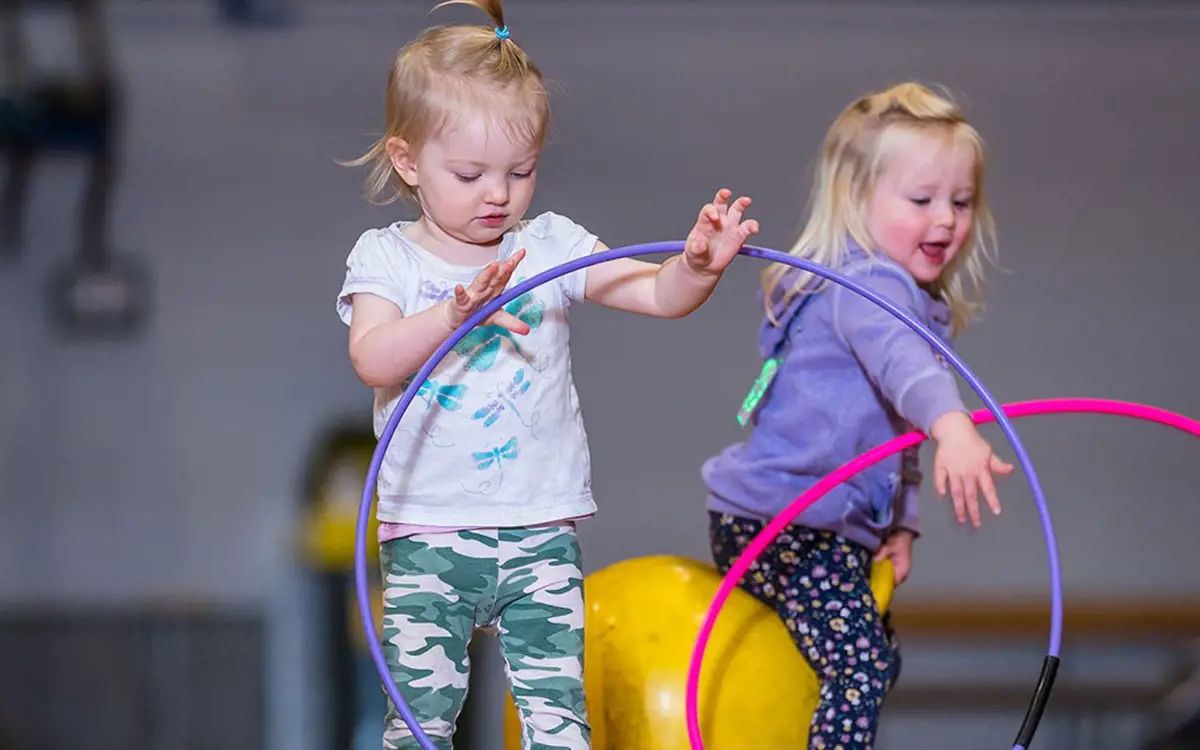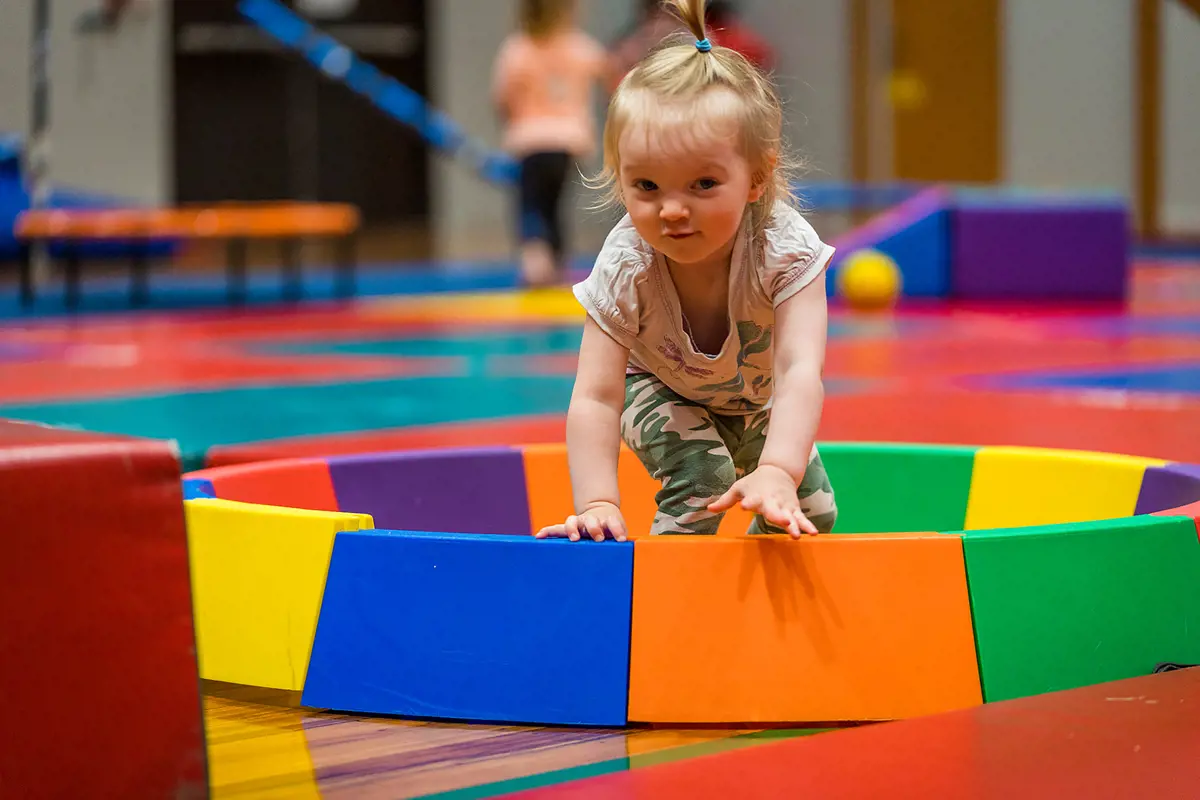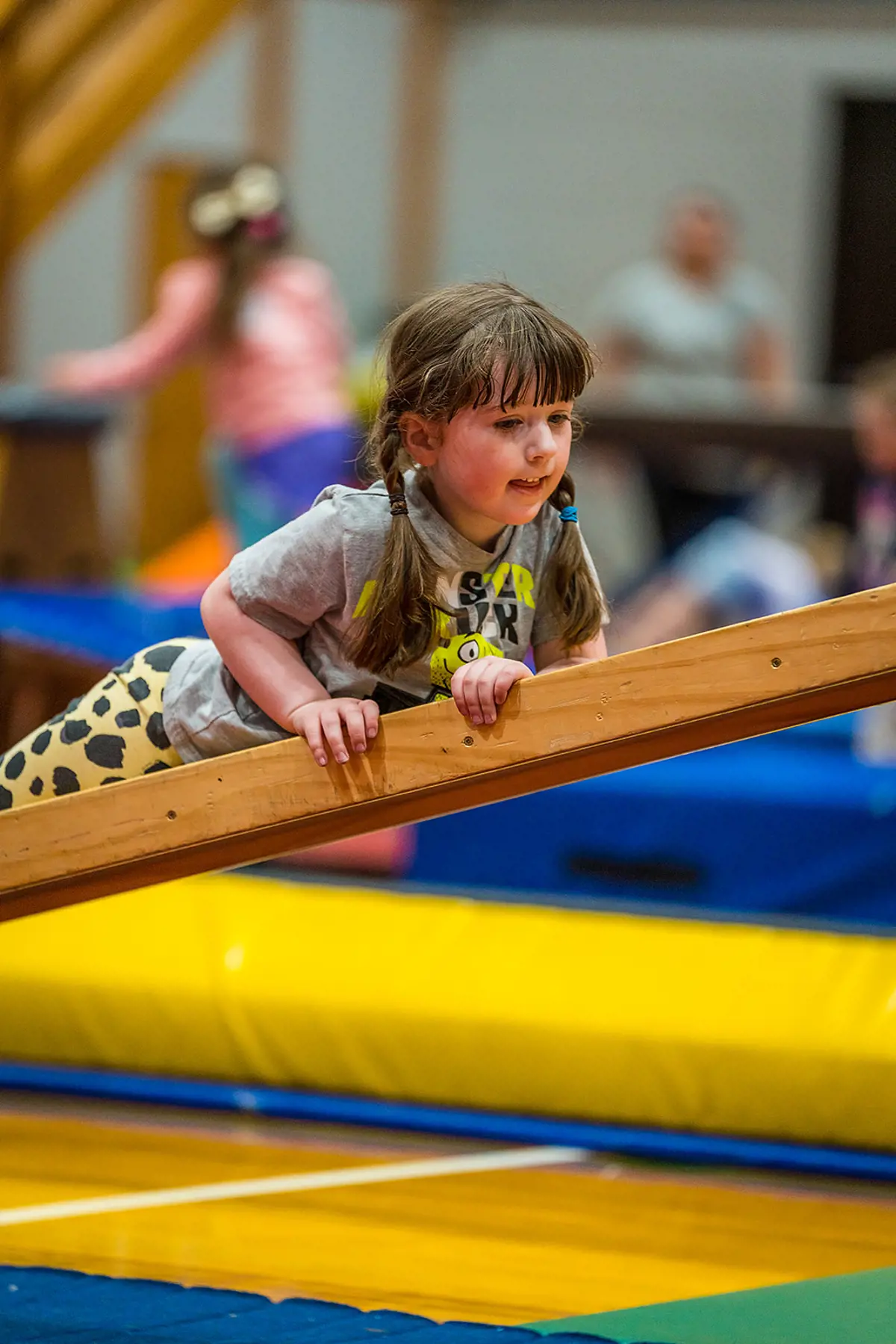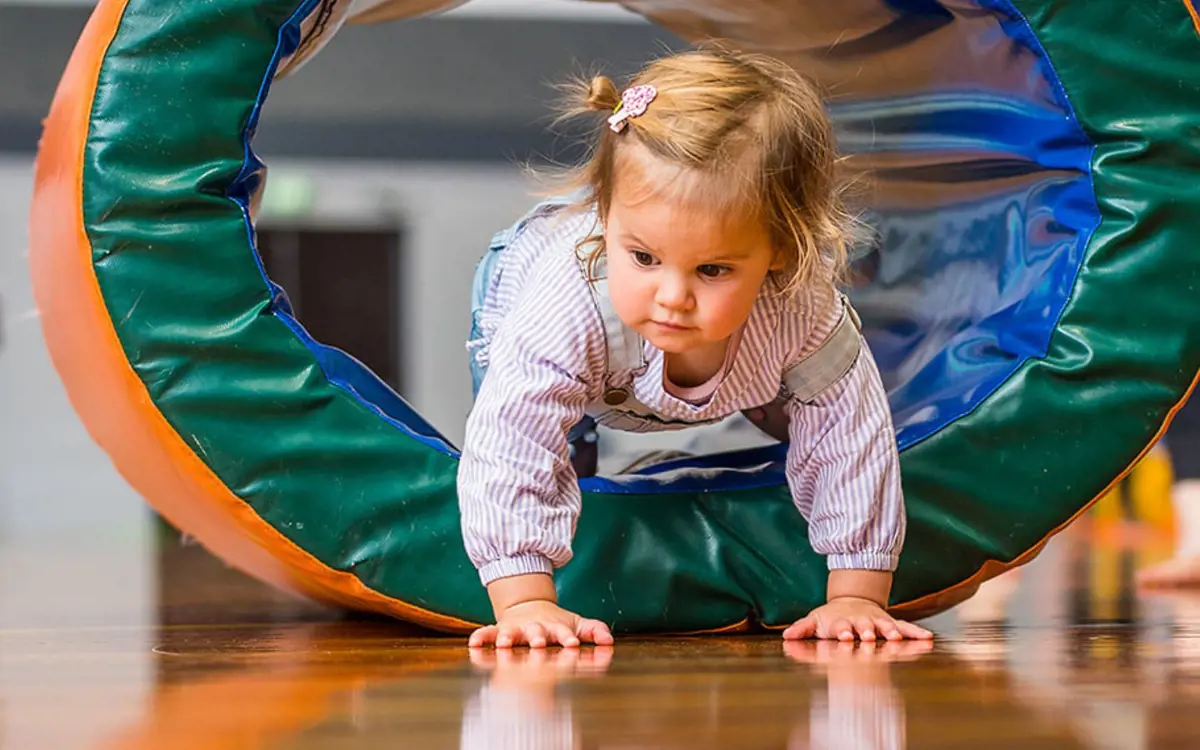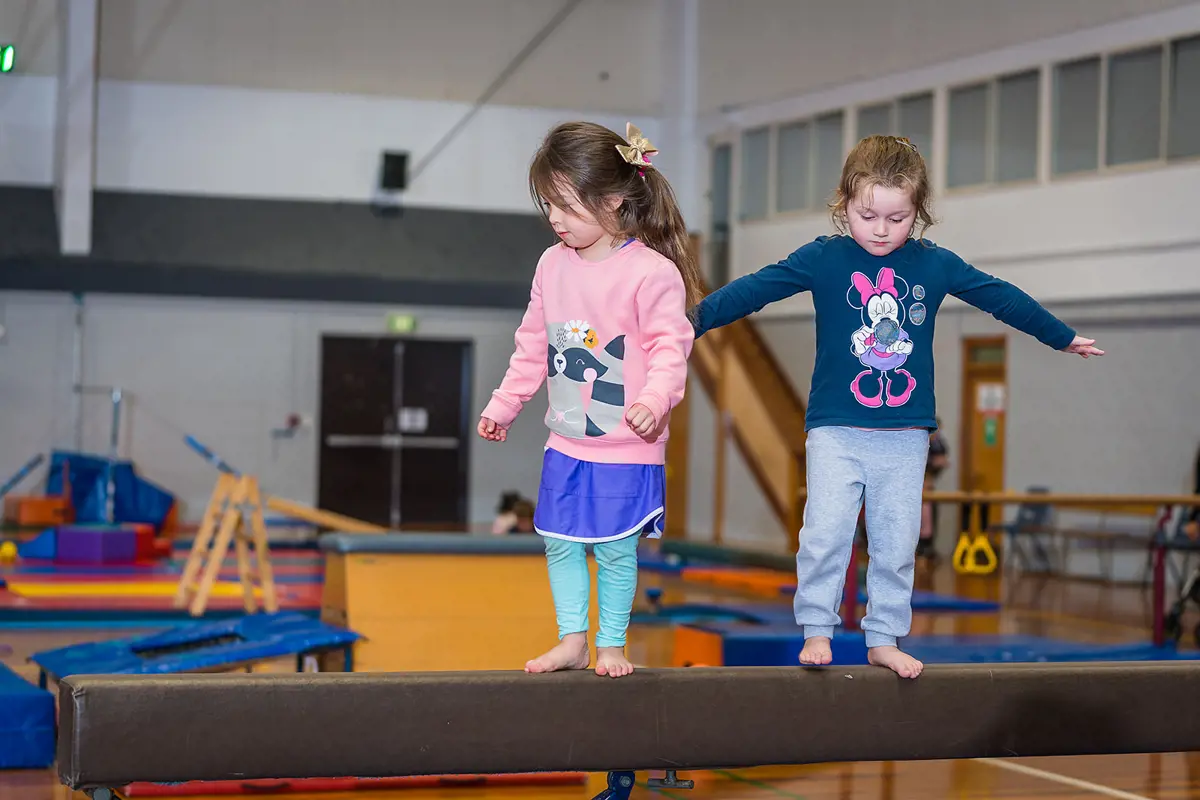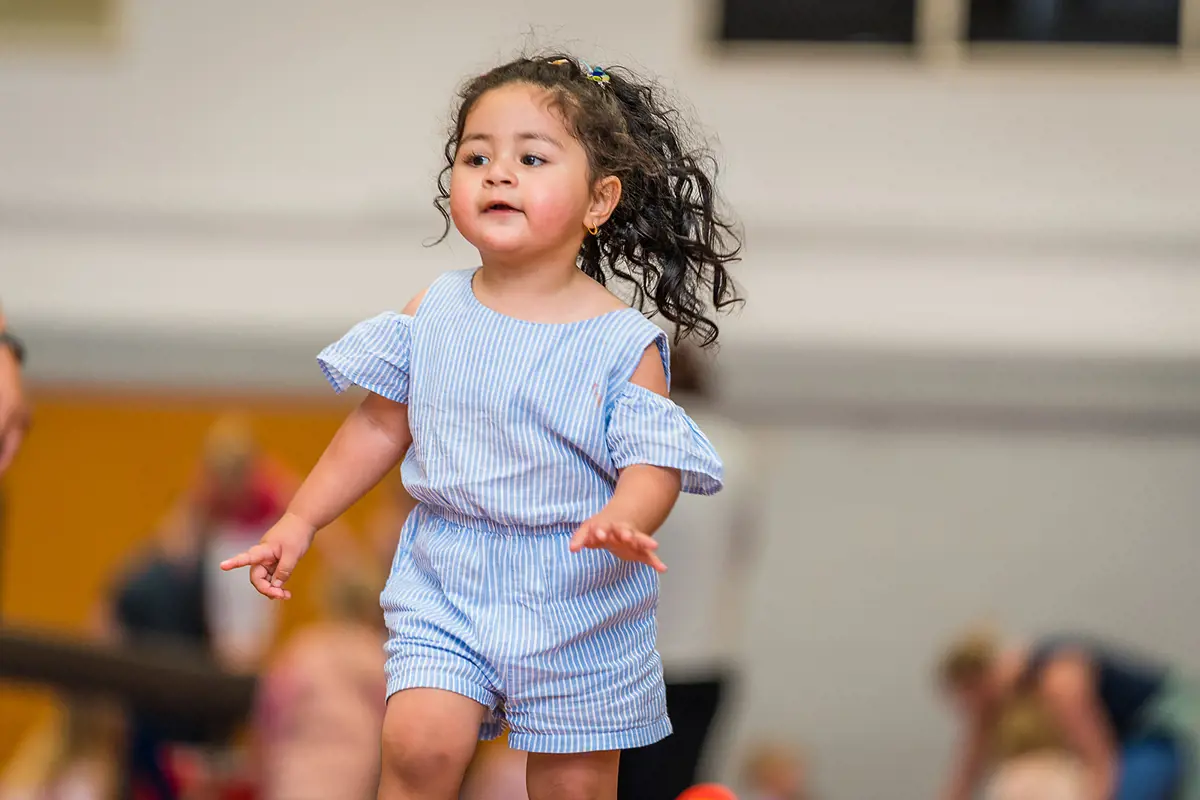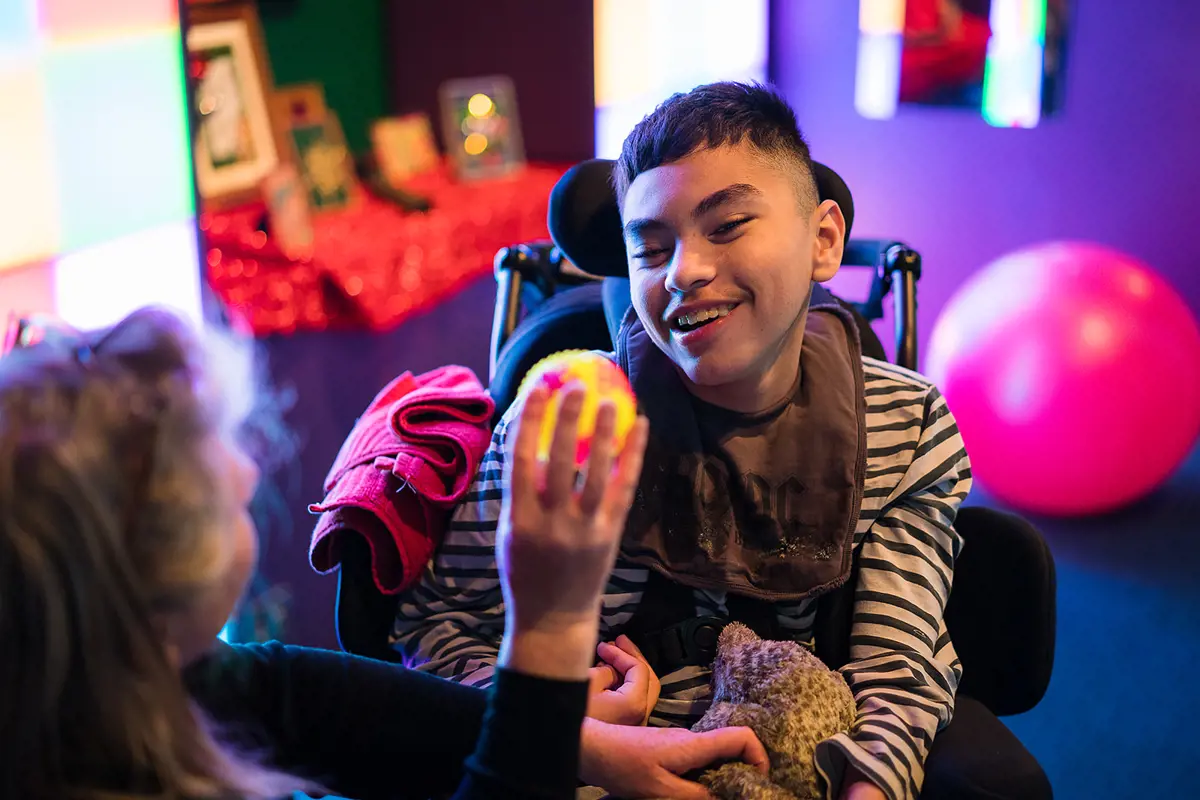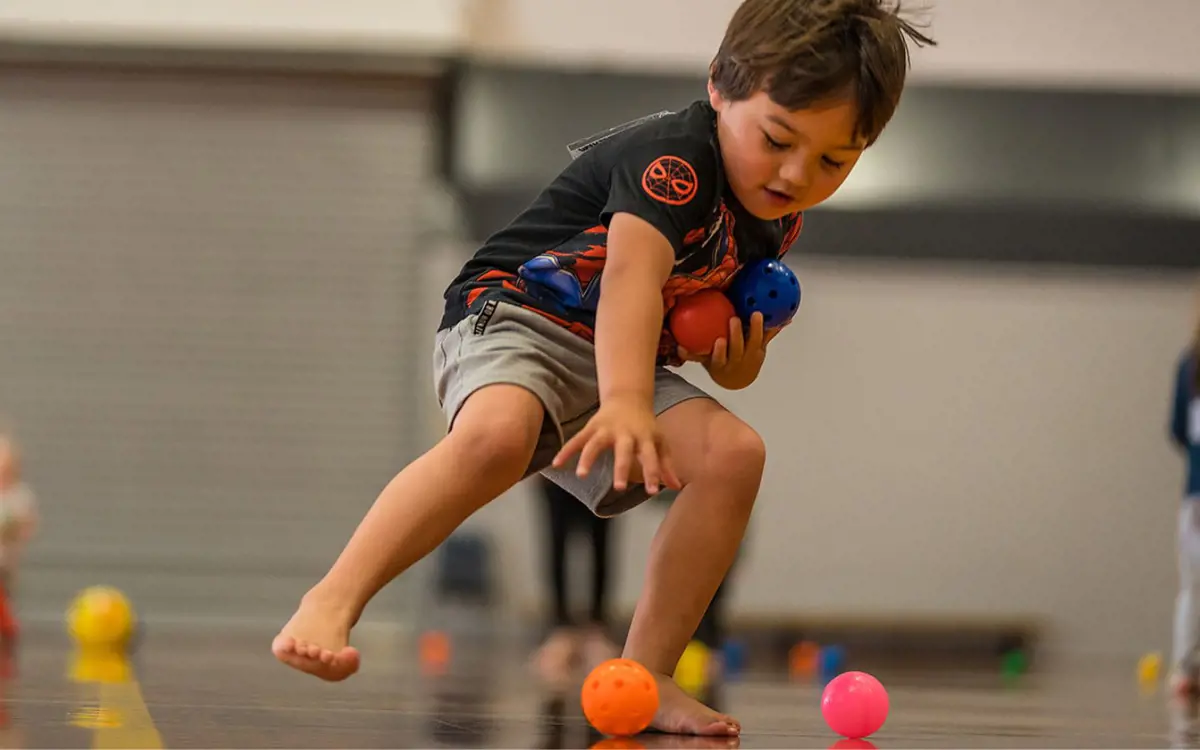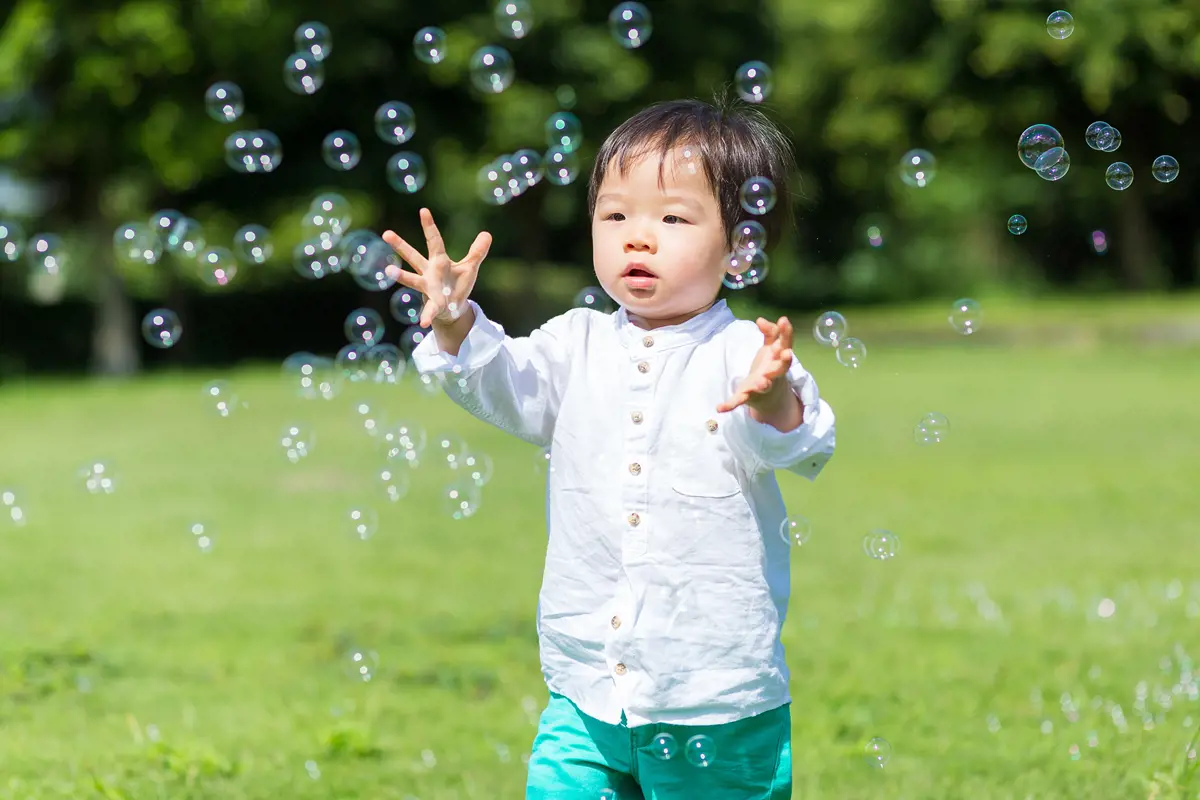-
Movement is essential in the first five years of our lives as it builds critical pathways in the brain. To help your child’s development, as well as support their mental and physical wellbeing, we’ve created a collection of fun activities you can do at home.
-
Walk the line
Mark out a line on the ground and get your child to walk along it. The narrower the line the harder this will be. Add challenges to see if they can walk along it backwards? Heel to toe? Sideways? Hop? Hop, skip and jump?
Develops body awareness, control, midlines and balance.
Pushing and pulling adaptions
To help your child learn how to adapt to different physical limits, change the weights of items in activities that include pushing or pulling an item.
For example you can add weights to a pram, trolley or toy truck to adjust the variety of strength required. Vary the terrain by adding bumps, sand or grass to cross requiring different responses to the surface.
Develops strength management, body awareness, spatial awareness and pressure/force.
Spinning around
Spinning around helps develop the vestibular/balance system. With little ones you can hold them supporting their heads and necks and slowly spin them around. Be gentle with the speed and check that they are enjoying the motion while you do it. Older children can spin at their own speed.
Spin with arms out, arms in, arms up? Does it feel different? Spin on a merry-go-round or swing. Does it speed up or slow down if your legs or arms are out?
Develops balance, vestibular system, posture and balance positioning.
Hoops
Ask your child to test out a hula hoop and see how many ways they can get it to move. Give them some time to explore it themselves before stepping in. Can they roll it forward? Backwards? Can they spin it? Skip through it? Does it bounce? Can they hula hoop it around their hips or arms or legs?
Develops imagination, co-ordination, strength management and pressure/force.
